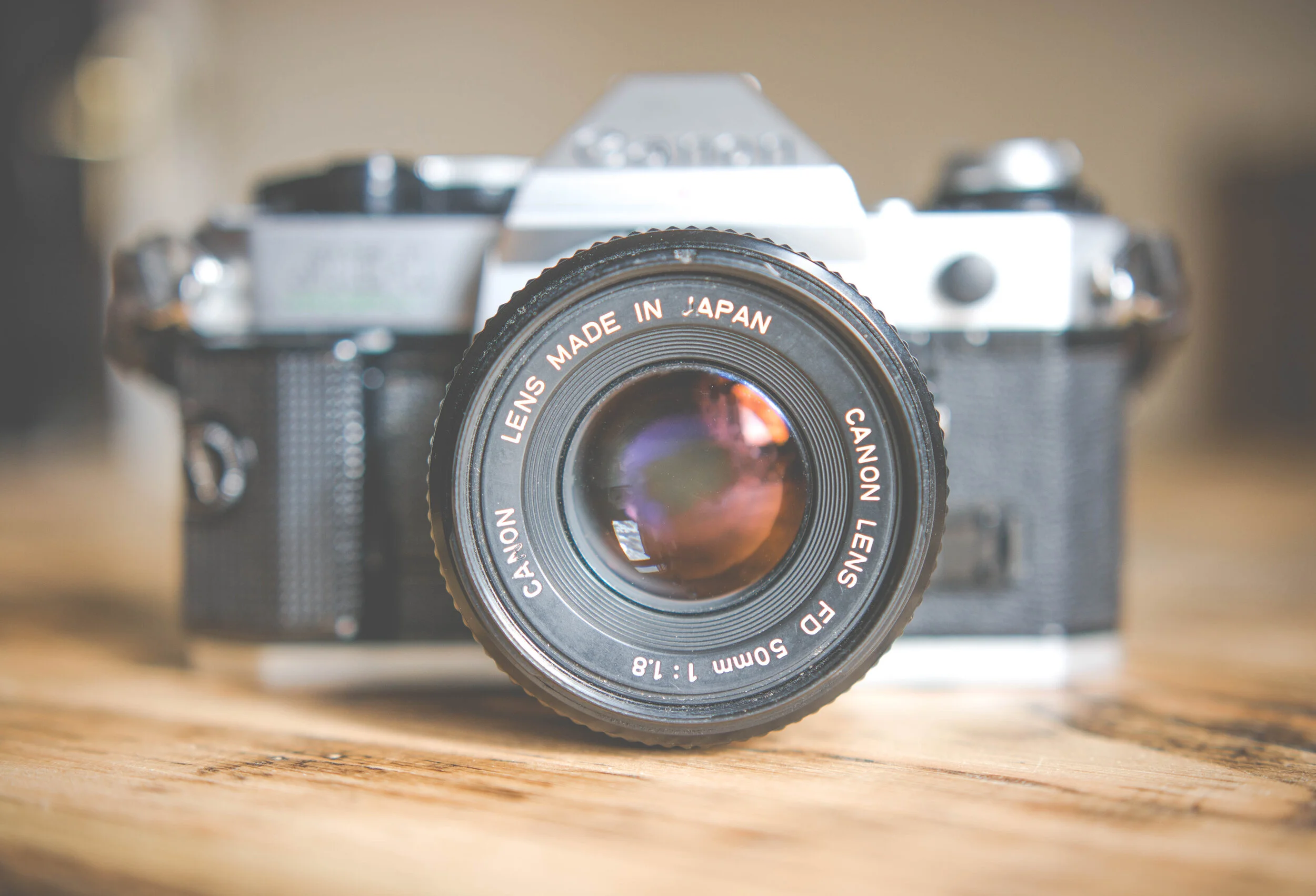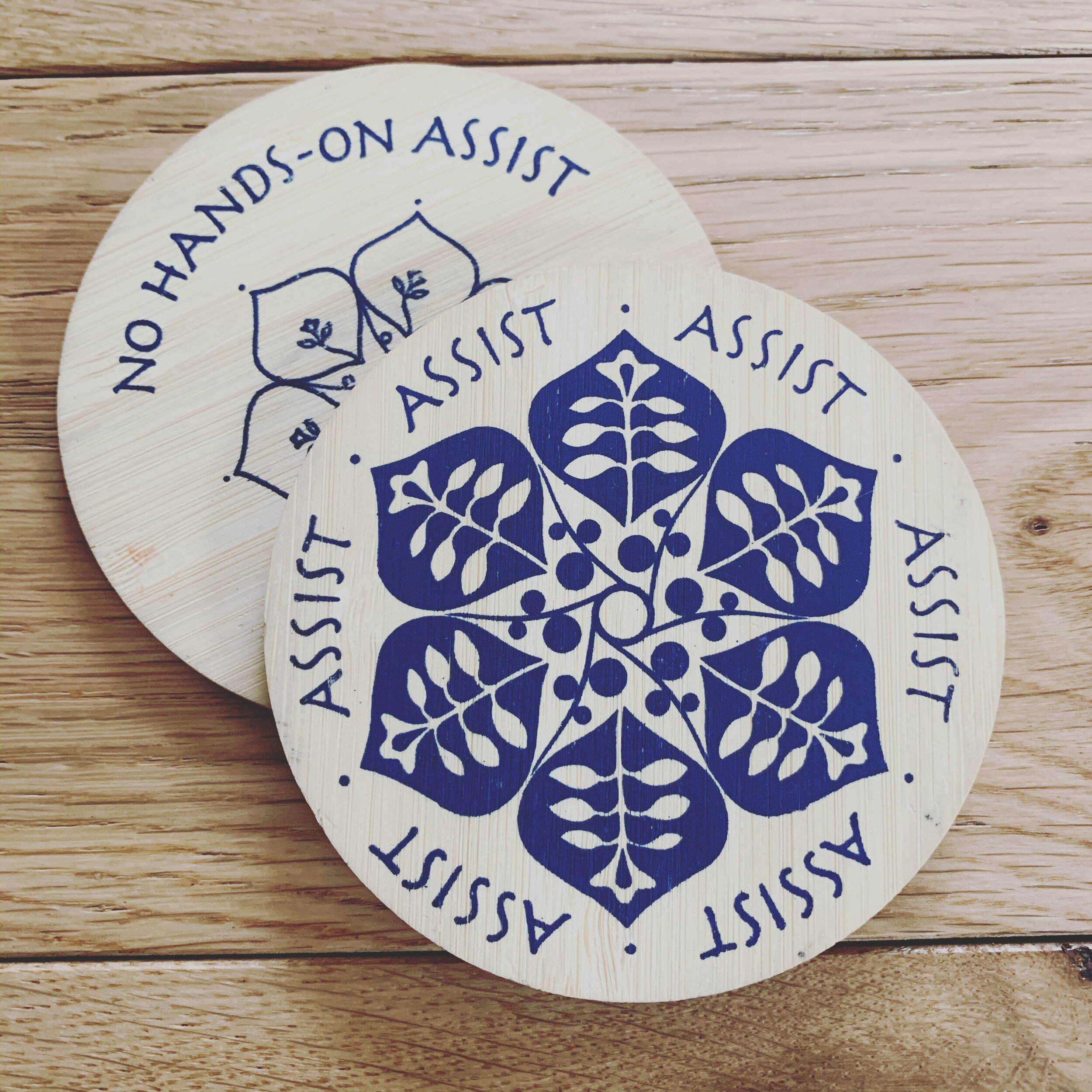Meditation
When we speak of meditation, what image comes to mind?
Do you see a robed monk cross-legged and serenely sitting for lengths of time? This image carries with it an expectation that seems unapproachable to many.
While I do have a daily seated practice, I also find that many activities in my life have cultivated the same introspection and awareness of meditation.
I remember being a teenager and all the overwhelming thoughts and emotions that I experienced. My high school art classes offered me a place of belonging in an otherwise awkward time.
My parents advocated for me to attend college photography courses when I was not yet 16-years old. I learned the rule of thirds and how to focus through the lens of my parents' SLR camera. I vividly remember the weight of that camera; the way the textured grip on the lens would spin as I changed focus. The click of the shutter, sometimes slow and other times quick. The resistance of turning gears as I adjusted the f-stop.
I pushed my film so that I could shoot in low light conditions without a flash. This technique required me to open my f-stop and slow my shutter, which resulted in grainy images with soft shadows and a small area of focus. I observed my community in new ways: a close up of my friend's hands and my 7-year old sister in a field of pumpkins.
At the time, I had no idea that these moments behind my camera and in the darkroom were my first meditation sessions.
I learned to open my awareness and look at everything from the obvious to the subtle. I watched shadow dance with light as I knelt down or moved closer with my camera in hand. When I lifted it to my eye the frame of view narrowed (an experience we no longer have with a cell phone camera).
As an observer, I adjusted the camera settings to capture the feeling-moment with that little mirror’s reflection of light on velum film.
The mystery remained: would what I could see translate to film and paper? There were no second chances. I would quickly adjust the manual settings and take the same image multiple times with small variations. In many ways, we use this same experimentation and repetition in asana practice.
My low-light shooting involved pushing my film during the developing process. I would adjust the time and temperature with careful calculation to ensure what happened while shooting was neither too light nor too dark on the finished film. When the film was dry, I would slip into the dim dark-room and see what was revealed in the transition from the camera, to film, to paper.
I remember feeling my breath lengthen as I watched the shadows darken on paper in the chemical bath. Seconds passed slowly and gave me space around the anxiety and fears of adolescence.
I often left the darkroom feeling calm and grounded, just as I do today after sitting in meditation and inviting my breath to slow.
I now see that photography was both a reprieve and an escape from the emotional teenage landscape. Like meditation, I had a practice that was quiet and slow. It helped me to look carefully into what we can and cannot see.
Both photography and meditation taught me that seeing shadows is just as important as seeing light.
In that darkroom with an enlarger and bath of chemicals, I developed a new way to see myself and my place in the world. It showed me that perception is always changing. That the photo (impact) is dependent on what I see in the camera (intention) and how I develop and print that image in the darkroom (action). What others see and respond to is the printed photo; the steps that bring that about (intention & action) remain unknown to all except the photographer.
I discovered that repetition with small adaptations was necessary to bring about the final image (impact) I intended. Each roll of film that I shot, developed and printed built upon the experiences that came before. I bring this approach into the movement classes that I teach as we all learn through repition and variation.
In my daily meditation practice, I have discovered these same truths about seeing light and shadow, learning through repetition, and understanding intention, action, and impact as they apply to my life and relationships.
My early experience in the darkroom has convinced me that you can meditate in all sorts of ways that don't involve being cross-legged or sitting still. I’ve found the effects of meditation while plunging into a COLD mountain stream. While humming with the pulse of the music. With each stroke of my arms and legs on the rhythm of my breath in a swimming pool. As the light glistens through small beads gradually threaded onto a necklace. In the warm body and soft purr of my kitty as she curls on my lap.
Do you have a practice that helps you see your life and relationships more clearly? This is meditation invites you to look, see, let life life through you.






